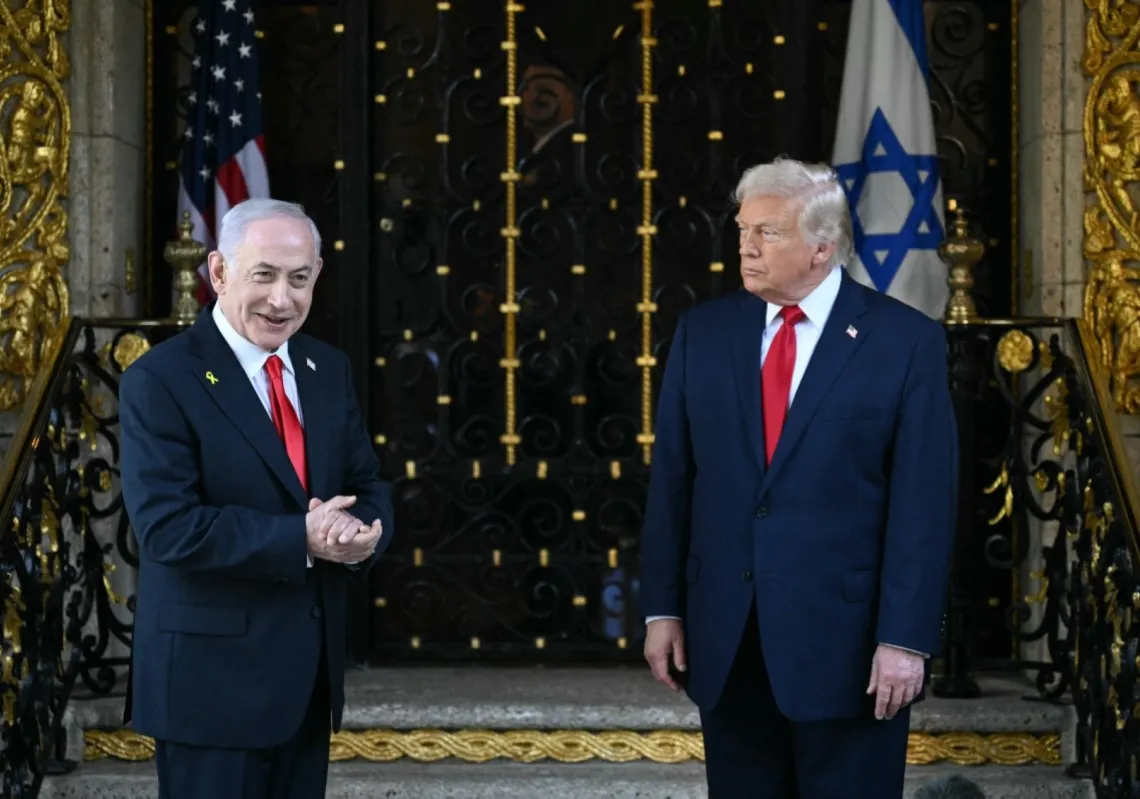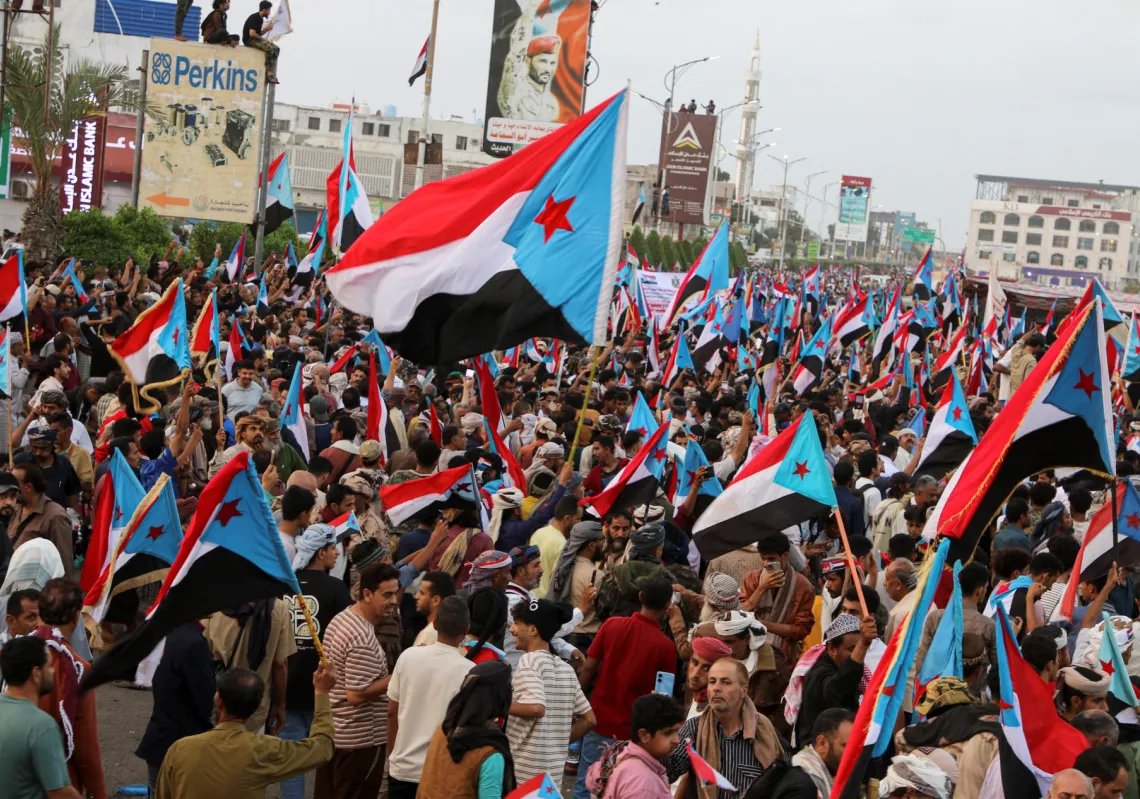 A security officer walks past a portrait of supreme leader Ayatollah Ali Khamenei during the registration of presidential candidates at the Interior Ministry in Tehran on May 8, 2013. (Behrouz Mehri/AFP/Getty Images)[/caption]The swearing in of Iran’s new president, Hassan Rouhani, has generated a lot of excitement. Much of this buzz is justified. At the very least, hopeful Iranians believe that this president cannot possibly be worse than his predecessor, Mahmoud Ahmadinejad.
A security officer walks past a portrait of supreme leader Ayatollah Ali Khamenei during the registration of presidential candidates at the Interior Ministry in Tehran on May 8, 2013. (Behrouz Mehri/AFP/Getty Images)[/caption]The swearing in of Iran’s new president, Hassan Rouhani, has generated a lot of excitement. Much of this buzz is justified. At the very least, hopeful Iranians believe that this president cannot possibly be worse than his predecessor, Mahmoud Ahmadinejad.
To be measured against Ahmadinejad, however, is to set the bar very low. Rouhani’s ambitions are greater than that, and the 50.7 percent of the Iranian electorate who voted for Rouhani certainly harbor great hopes that Rouhani can quickly blot out Ahmadinejad’s disastrous eight-year stint in office. The trouble is that the challenges Rouhani faces cannot easily be smoothed over, nor can all of Iran’s problems be blamed on that pesky Ahmadinejad.
Rouhani’s electoral platform had two central pledges: He promised to halt Iran’s economic free-fall and vowed to resuscitate Tehran’s diplomatic machinery, with the aim of breaking through the country’s isolation.
It is hardly a secret that Iran’s economic woes are overwhelmingly tied to one single foreign policy issue: its controversial nuclear program. In 2012, Iran lost close to half of its normal oil export revenues, approximately USD 50 billion. There was one reason for this loss: the impact of international sanctions.
In other words, to fix the economy Rouhani first has to resolve the nuclear standoff with the world, principally the United States. It is here, on this crucial issue of foreign policy, that Rouhani will face his first and ultimately most important test. It is a pivotal concern because Iran’s nuclear file and strategic foreign policy matters such as Tehran–Washington relations do not fall under his mandate. Iran’s supreme leader, Ayatollah Khamenei, and his cohorts remind us daily that the Office of the Supreme Leader is in charge of those matters. This begs the question: if the most important files are not under his purview, why is there an excitement that Rouhani can shake things up in Tehran?
To find the answer, one has to look inside the black box of Iran’s Byzantine regime politics. Searching for answers in Iranian politics is a tall order, but trends and clues can be detected. And the process that led to Rouhani’s election provides us with a few important signals.
A key sign is that Rouhani was not forcefully imposed on Iran’s Ayatollah Khamenei. It is more accurate to say the supreme leader reluctantly accepted his candidacy and victory in the presidential elections.
Khamenei most likely preferred someone else, but he never utilized his power to disqualify Rouhani’s candidacy (the supreme leader controls the regime’s vetting agency, the Guardian Council.) After all, Ali-Akbar Hashemi Rafsanjani’s candidacy was thrown out, so it was well within the realm of possibility to do the same to Rouhani.
Khamenei chose to let Rouhani enter the race, and accepted his win. This begs a question over Khamenei’s motives. It is not far-fetched to suggest that Hassan Rouhani was the least painful compromise candidate for the supreme leader. Khamenei could live with Rouhani’s election, which was expected to mollify a strengthening centrist–reformist coalition comprised of factions united around former presidents Hashemi Rafsanjani and Mohammad Khatami.
Iran is hurting, not just because of the sanctions, but because of deep splits in the ranks of the Iranian regime. Khamenei accepted a Rouhani win because he is clearly looking for a way out of the multiple crises Iran is currently encountering. As far as Khamenei’s calculations are concerned, the new Iranian president is a face-saving choice that allows for a new chapter to begin without the supreme leader having to admit that much of today’s economic mess and foreign policy isolation are a result of his stewardship.
Ahmadinejad was a disaster, but he was president for only eight years. Ayatollah Khamenei has been Iran’s supreme leader for twenty-four years. And this leads us to another undeniable reality. Given the division of power in the Islamic Republic and the centrality of the Office of the Supreme Leader, Rouhani’s plans for change will go a lot further if he can somehow convince Khamenei to support the path of much-needed and long-delayed change.









